The global financial architecture relies heavily on two pivotal institutions: the International Monetary Fund (IMF) and the World Bank. Both organizations were established in 1944 during the Bretton Woods Conference, with the shared goal of fostering economic stability and development worldwide. While their mandates overlap in certain areas, their core functions and operational approaches differ significantly. Understanding their roles is essential for grasping how international economic cooperation functions in practice.
The IMF primarily focuses on maintaining global monetary stability. It acts as a financial watchdog, monitoring the economic health of its member countries and providing policy advice to prevent crises. When countries face balance-of-payments problems, the IMF steps in with financial assistance, though this often comes with conditions aimed at promoting structural reforms. These conditions, known as structural adjustment programs, have been both praised for encouraging fiscal discipline and criticized for their social impact.
In contrast, the World Bank concentrates on long-term economic development and poverty reduction. It provides loans and grants to governments for projects ranging from infrastructure development to education and healthcare. Unlike the IMF's short-to-medium-term interventions, the World Bank's projects often span decades, targeting systemic issues that hinder growth in developing nations. Its work is particularly visible in regions like Sub-Saharan Africa and South Asia, where development challenges are most acute.
The relationship between these institutions is symbiotic yet occasionally contentious. While they collaborate on numerous initiatives, their differing priorities sometimes lead to friction. The IMF's emphasis on macroeconomic stability can clash with the World Bank's focus on development spending. This tension reflects the broader debate in economics about the trade-offs between austerity and growth-oriented policies.
Critics argue that both organizations disproportionately reflect the interests of their largest shareholders, primarily Western nations. Voting power within these institutions is tied to financial contributions, giving advanced economies outsized influence over decision-making. This governance structure has faced increasing scrutiny as emerging markets demand greater representation commensurate with their growing economic weight.
Recent years have seen both institutions adapt to new global challenges. Climate change, digital currencies, and pandemic response have become integral to their agendas. The IMF has developed new tools to address debt sustainability in the face of climate-related shocks, while the World Bank has significantly increased its climate financing. These evolutions demonstrate their capacity to respond to shifting priorities in the international community.
The COVID-19 pandemic tested both organizations like never before. The IMF deployed unprecedented emergency financing to nearly 100 countries, while the World Bank focused on vaccine procurement and healthcare system support. Their coordinated response highlighted the continued relevance of multilateral approaches to global crises, even as nationalist tendencies gained ground in some member states.
Looking ahead, both institutions face the challenge of maintaining legitimacy in a fragmented world. The rise of alternative financial mechanisms, including regional development banks and bilateral lending arrangements, presents both competition and opportunities for collaboration. How the IMF and World Bank navigate this changing landscape will determine their ability to fulfill their founding missions in the 21st century.
Their enduring importance lies not just in their financial resources but in their roles as knowledge hubs and consensus-builders. By bringing together diverse economies to address shared challenges, they provide forums for cooperation that might otherwise not exist. As the global economy becomes increasingly interconnected yet politically divided, this convening power may prove to be their most valuable asset.

By Emily Johnson/Apr 24, 2025

By Victoria Gonzalez/Apr 24, 2025
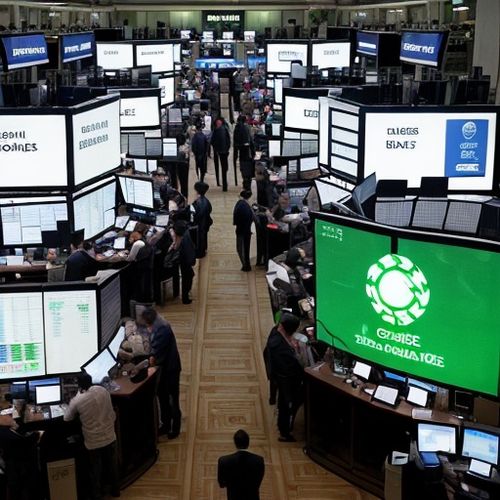
By Michael Brown/Apr 24, 2025

By David Anderson/Apr 24, 2025
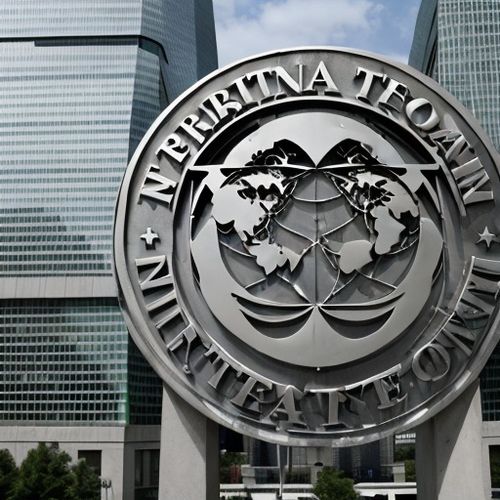
By Ryan Martin/Apr 24, 2025

By Victoria Gonzalez/Apr 10, 2025

By David Anderson/Apr 10, 2025
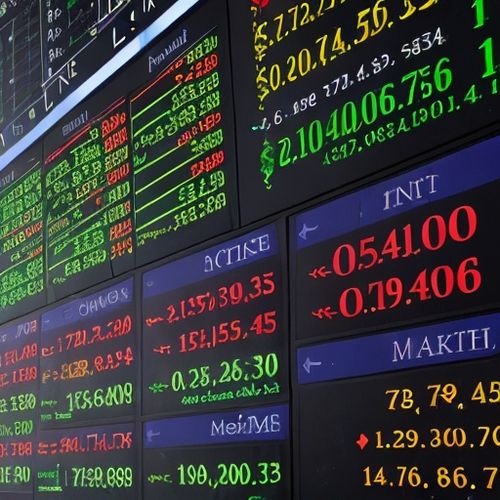
By Noah Bell/Apr 10, 2025

By Michael Brown/Apr 10, 2025

By James Moore/Mar 30, 2025
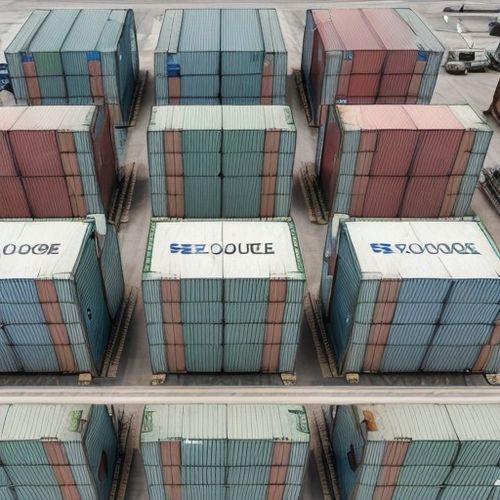
By Rebecca Stewart/Mar 30, 2025

By George Bailey/Mar 30, 2025
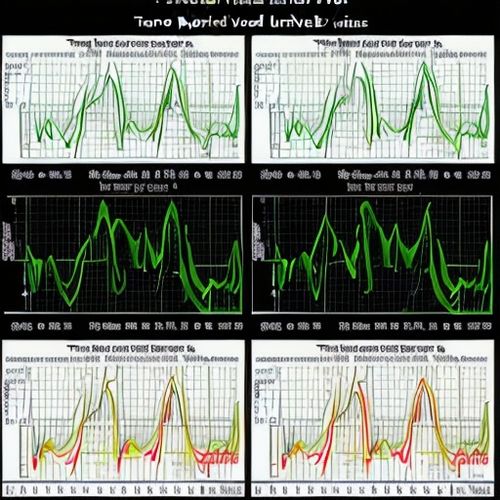
By Noah Bell/Mar 30, 2025

By Samuel Cooper/Mar 30, 2025
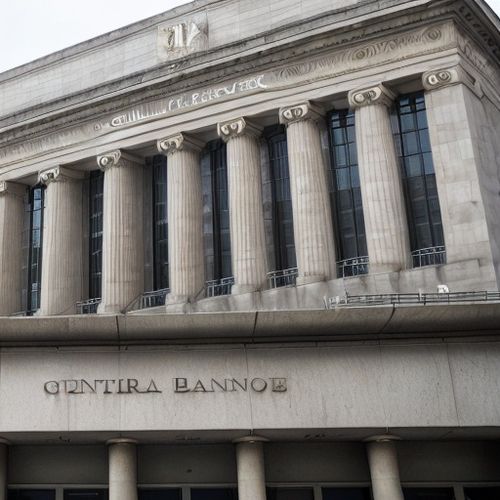
By Elizabeth Taylor/Mar 30, 2025